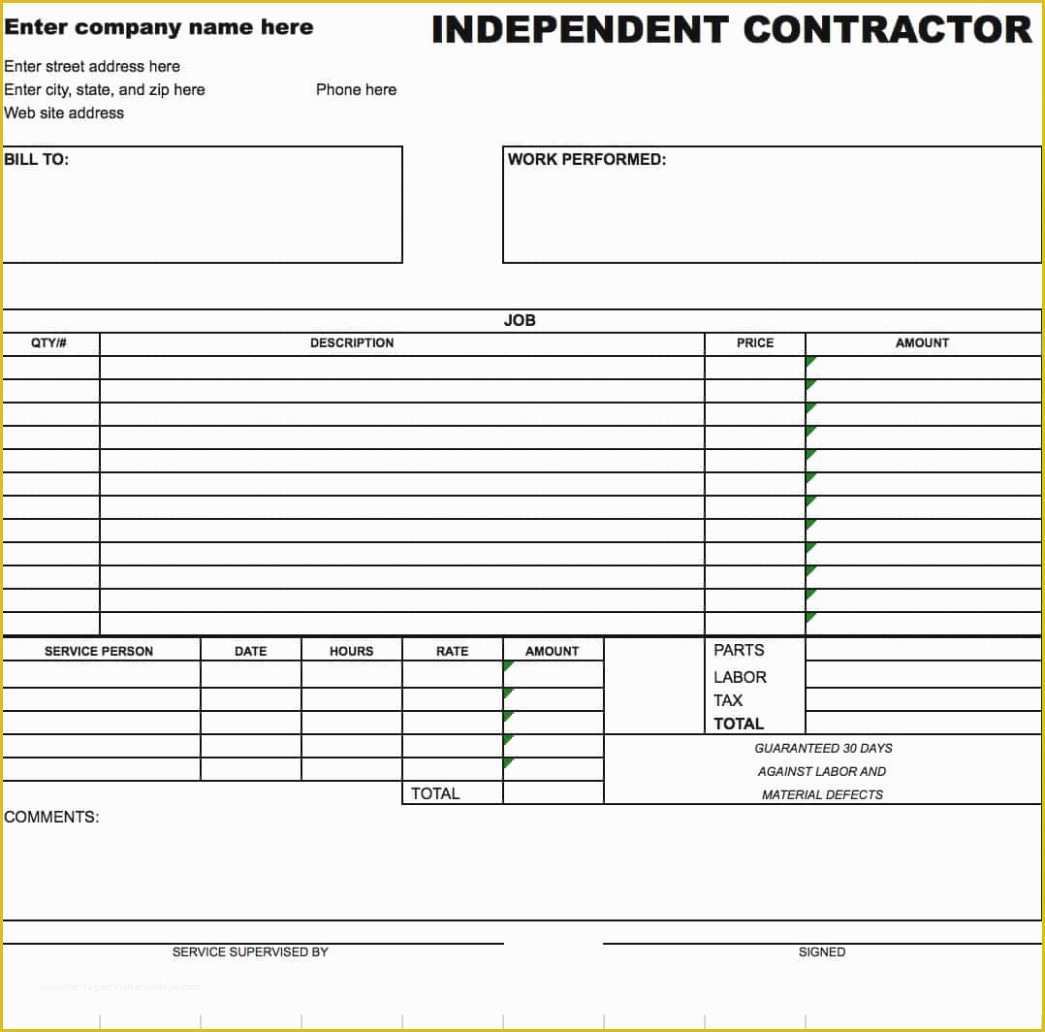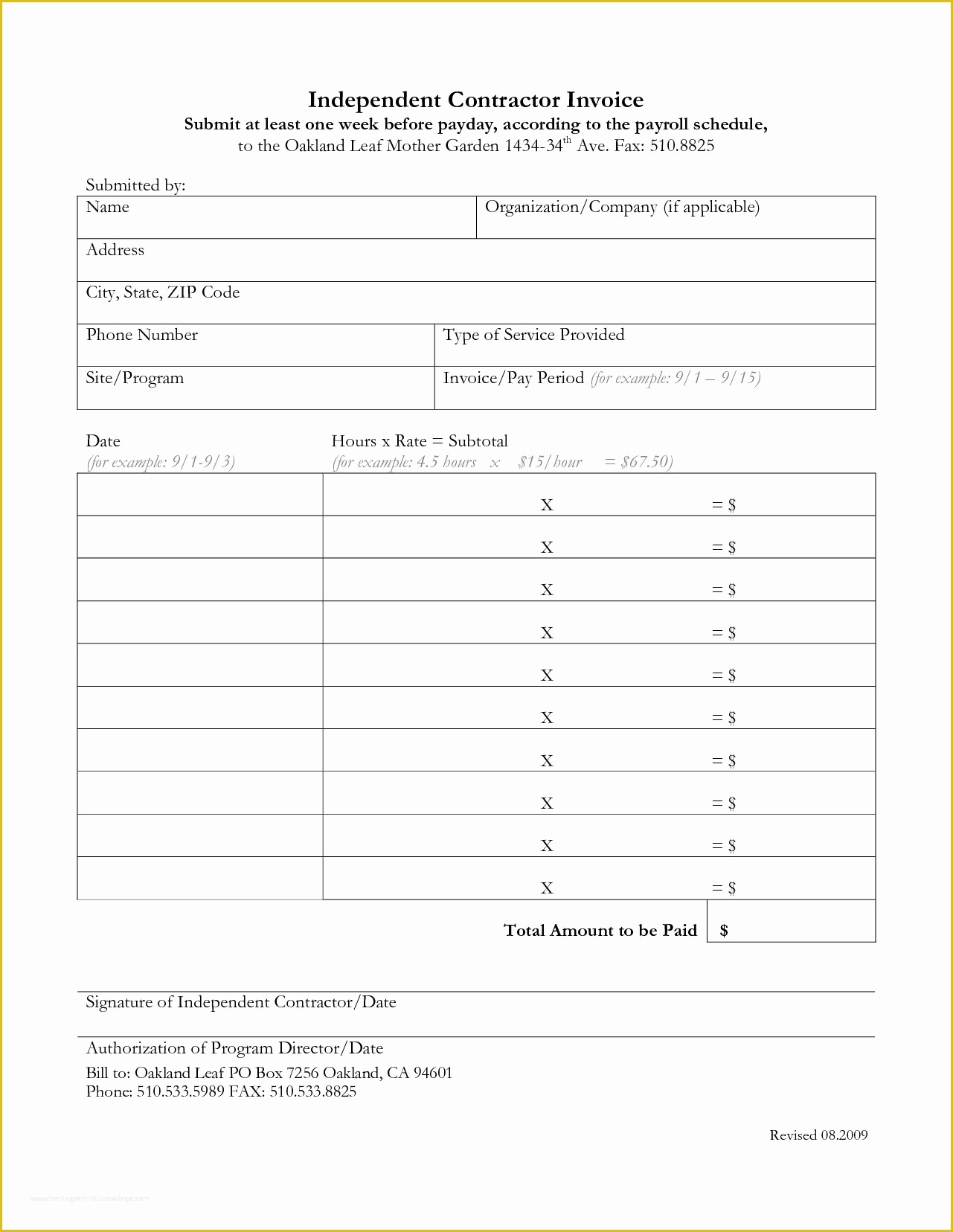

- 1099 contractor expenses how to#
- 1099 contractor expenses drivers#
- 1099 contractor expenses software#
Together, these represent a contractor’s earnings during the tax year. Independent contractors should expect to receive a 1099-NEC (nonemployee compensation) from any business or client that paid them $600 or more during the tax year.įreelancers with multiple clients will receive multiple 1099-NECs. īut in terms of income as an independent contractor, you’ll need to navigate two key forms: There are all kinds of 1099 forms – for example, Chime members receive a 1099-INT form for interest earned from our high-yield savings account. When filing taxes as a freelancer, you’ll want to think about three main things:įull-time employees can expect to receive a W-2 from their employer at the start of tax season, but what about independent contractors? Self-employed individuals generally receive 1099 forms. While these options can be expensive, they count as a tax write-off for your business.
1099 contractor expenses software#
If you’re new to the process, using paid tax software or even hiring a tax professional can be helpful. So, how do you file taxes as an independent contractor? Things are a little trickier than they are for regular employees.

States and cities have their own tax regulations, so you’ll need to research guidelines for where you live and operate your business.

Depending on where you live, you may also need to pay state and municipal taxes as an independent contractor. You might not be through after paying Uncle Sam. You’ll need to determine which tax bracket you’re in to calculate your income tax rate. The United States has a progressive tax system – the more income you make, the higher the percentage you’re taxed.įor the 2022 tax year (filed in 2023), the IRS has defined seven federal tax brackets, ranging from 10% to 37%. So how much do independent contractors pay in income taxes? That depends on their tax bracket. Like traditional employees, self-employed workers must also pay income taxes. And because there’s no employer footing half the bill, independent contractors are on the hook for all of it.įor the 2022 tax season, the self-employment tax rate is 15.3%. Here’s what they pay: Self-employment taxesĪll independent contractors must pay self-employment taxes to cover Social Security and Medicare. That’s why independent contractors pay a larger percentage of their earnings in taxes than traditional employees. Don’t worry – your employer is also paying some taxes for you, too.īut when you’re an independent contractor, your clients don’t take any money out on your behalf, and they definitely aren’t paying a portion of your taxes. That’s because your employer takes out a portion of your earnings to cover your taxes. When you get your paycheck as a traditional employee, you probably notice that it’s a little smaller than it should be. If you earn income as an employee and independent contractor, you’ll still have to file taxes like the latter – including quarterly estimated taxes (more on that in a minute!). This is common for full-time employees working on a side hustle. It’s possible to be an employee (and get a W-2 from your employer) and an independent contractor. If you aren’t sure if you’re considered an independent contractor, you can fill out Form SS-8, and the IRS will determine your status for you – but it can take up to six months to get an answer.
1099 contractor expenses drivers#
This designation can include freelance writers and graphic designers, gig economy workers like Uber drivers and pet sitters, and even independent doctors, lawyers, and consultants. The payer (or client) can only determine what the final product should look like. As the IRS defines it, an independent contractor gets to specify how and when they do their work.
1099 contractor expenses how to#
When figuring out how to file your taxes, note how the IRS classifies your work.Īn independent contractor is a self-employed individual providing goods or services to other people or businesses. Filing taxes as an employee differs from filing taxes as an independent contractor.


 0 kommentar(er)
0 kommentar(er)
